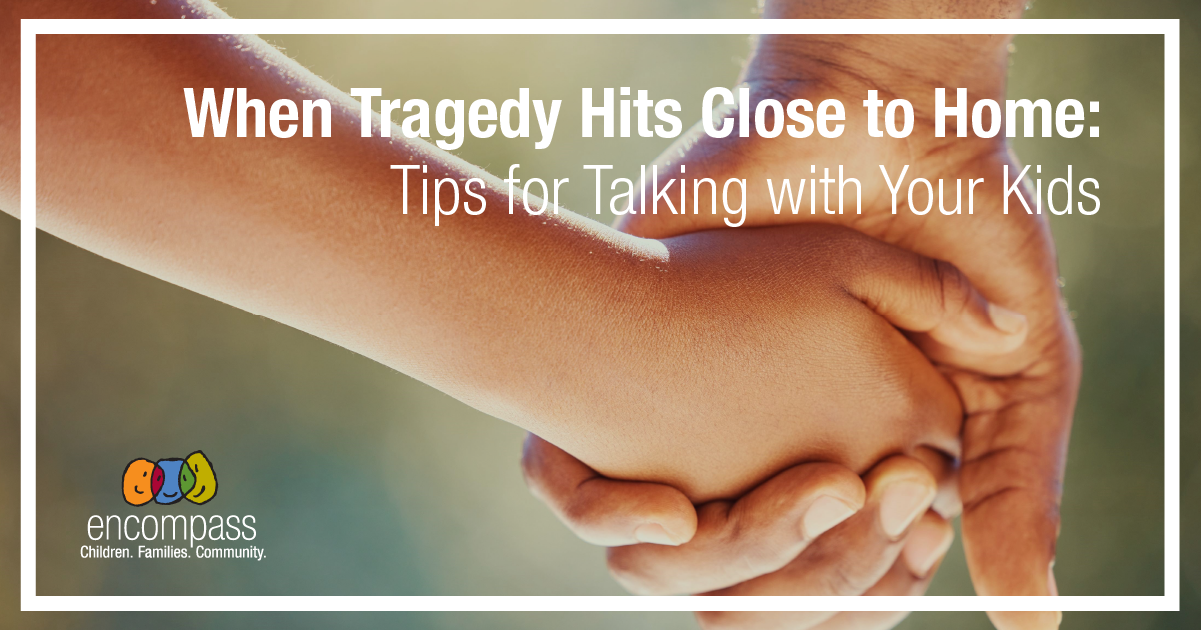Baby Sign Language Myths

Sign language is a common strategy that is often recommended for children who are not yet speaking but still have a strong desire to communicate. Here are six common myths surrounding baby sign language — the information provided is from “My Smart Hands,” an organization that offers classes teaching parents sign language to use for pre-verbal communication with infants and toddlers.
Myth 1: Sign language will delay speech
This myth stems from the misconception that sign language replaces verbal communication. This is not the case since speech always accompanies signing. While teaching signs, parents consistently repeat words to help babies make the association between the sign and the word. Sign language actually exposes babies to more speech. Research has shown sign language to accelerate the development of babies’ oral communication.
Myth 2: Baby sign language is a fad
The history of baby sign language reaches back almost 100 years. It has gained popularity as of late, but baby signing is no passing fad. Speech therapists have been using sign language for years, and children of deaf parents have had generations of firsthand use and success. Baby sign language is here to stay!
Myth 3: Baby sign language is not endorsed by educators
Early child development organizations are increasingly incorporating sign language into their curriculum. Many educators with a background in language acquisition consider sign language essential when it comes to early childhood education and development. They cite many cognitive and developmental benefits. Language abilities are also improved as sign language can serve as a bridge between two languages.
Myth 4: Teaching will take too much time and effort
Teaching baby sign language does not require taking time away from daily routines and scheduled activities. Parents need not set aside “baby sign language lesson time” or devote special days or times to focusing on signs. Baby sign language is easily incorporated into daily routines and existing schedules. Parents sign during bedtime stories, mealtime, or bath time. Babies are little sponges. If used consistently within daily activities, baby sign language will require little additional effort and show quick results.
Myth 5: Teaching babies sign language is pushing too hard
Critics might argue that teaching babies sign language pushes them to learn an unnatural skill. They might liken baby sign language to trying to teach a baby how to do long division! However, babies have a natural inclination to gesture as a way to express needs. Babies will raise their arms when they want to be picked up and point to an object they want to hold or eat. Using sign language taps into this natural ability. Babies often surprise parents with how much they are capable of learning and comprehending.
Myth 6: Baby sign language will confuse baby
One might think babies will not understand what parents are signing. This is partially true: early on, they will not understand what parents are signing or what they are saying. However, as parents continue to talk and sign, comprehension and association will set in. They learn to sign just like they learn to talk, only they have the motor skills to sign much earlier. As we discussed earlier, they’ll soon develop the oral skills and talk nonstop!
Some of the benefits of baby sign language:
- Early communication
- Reduced frustration
- Early language use
- Brain development
- Closer bond
- Increased self-confidence
Want to know more about baby sign language? Check out this link!














